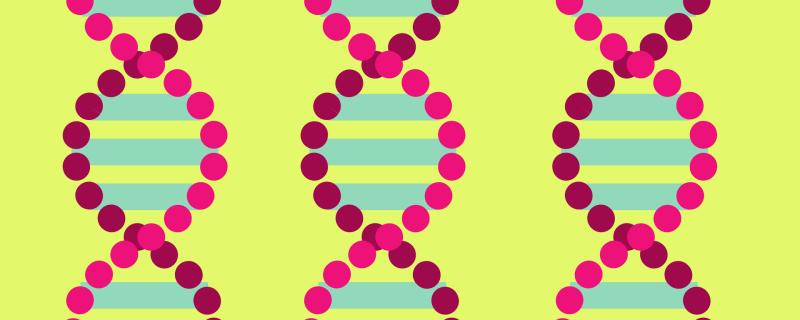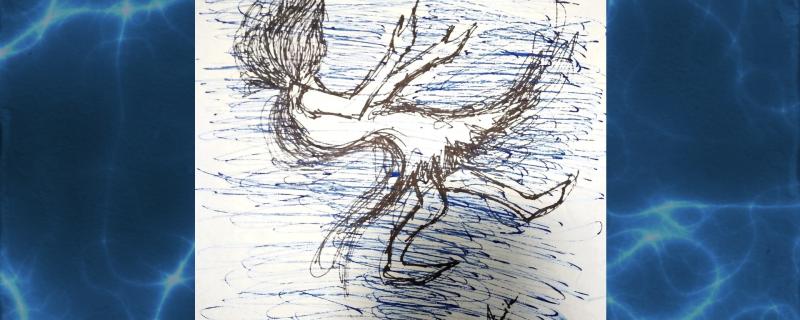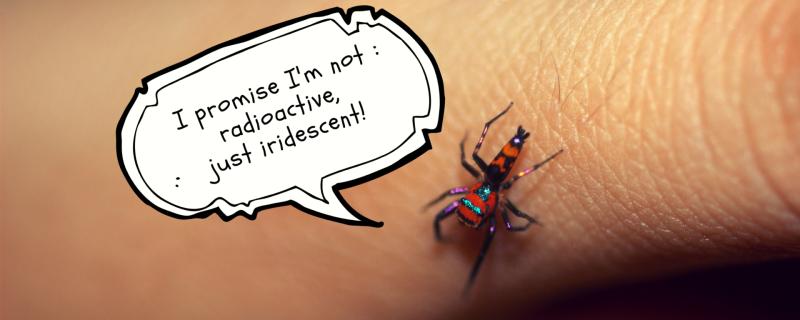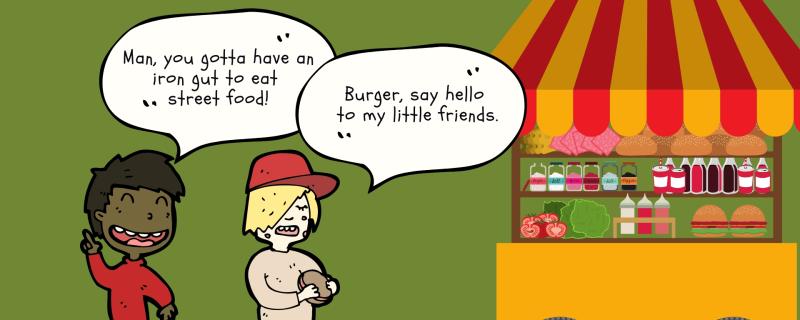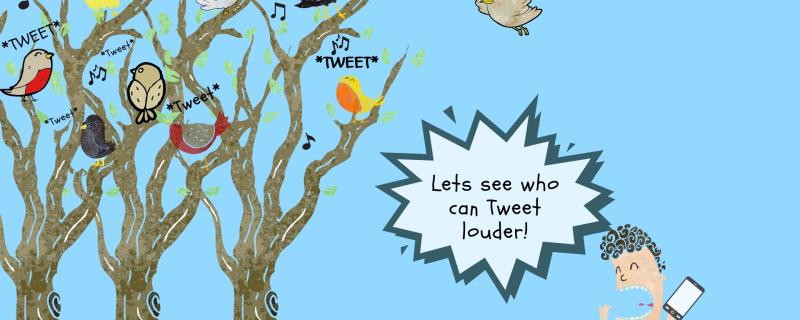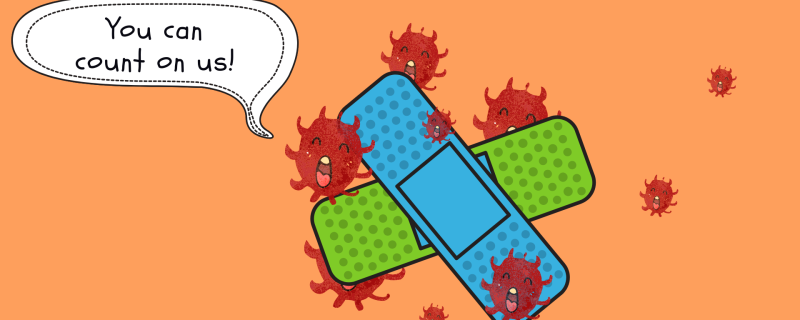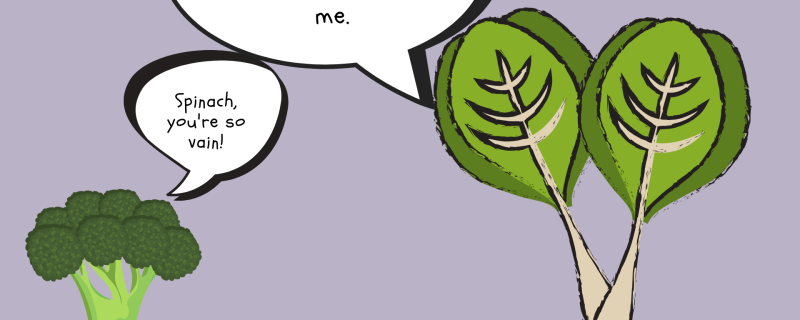Have you ever admired red skies or criticised early morning haze? Atmospheric aerosols, tiny solid or liquid particles suspended in air, also called Particulate Matter (PM), are responsible for the myriad hues created by the evening sky. Not just that, aerosols impact the global climate and play a role in ozone depletion. These particles generally range from about a nanometre to ten micrometre in size and are either directly emitted or formed by the conversion of a gas to particles.
Image: Dolomedes indicus, Adult Female (left) and adult male (right). Credit: Authors https://doi.org/10.1038/s41598-025-26308-2
Wayanad/



